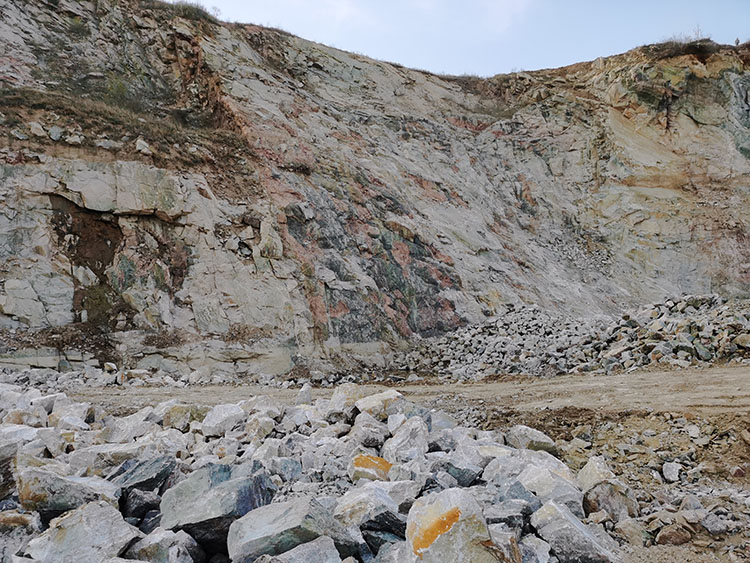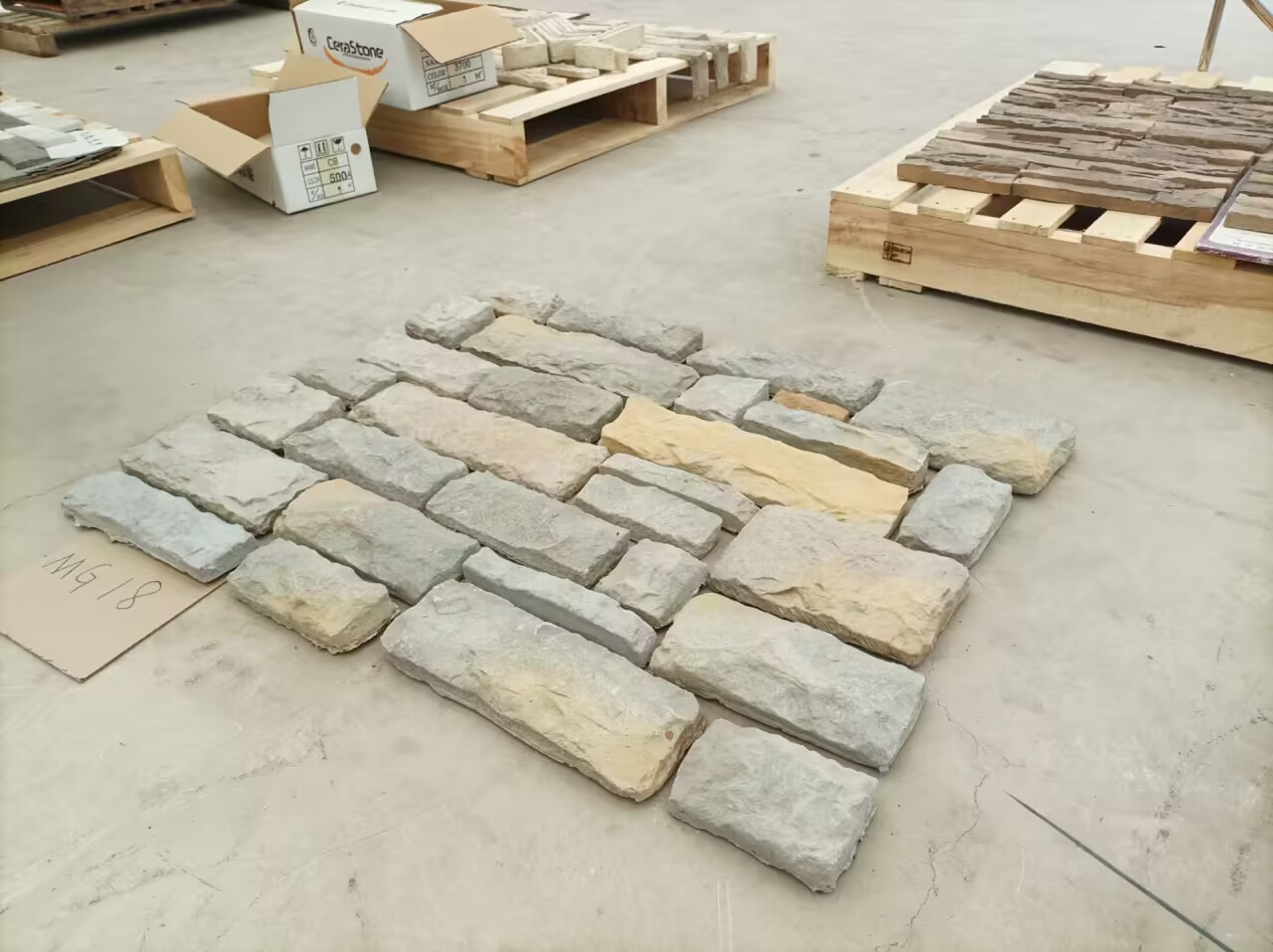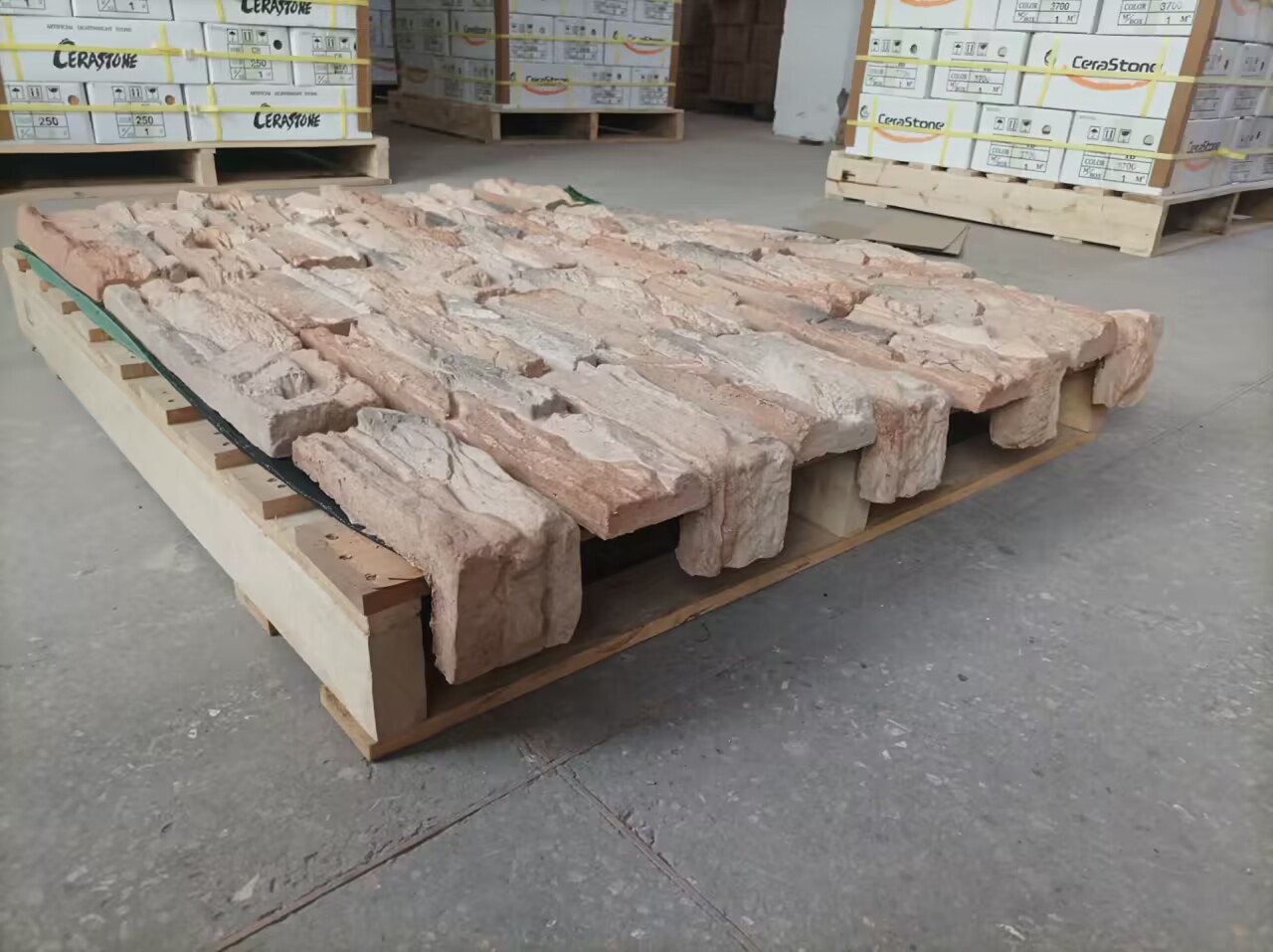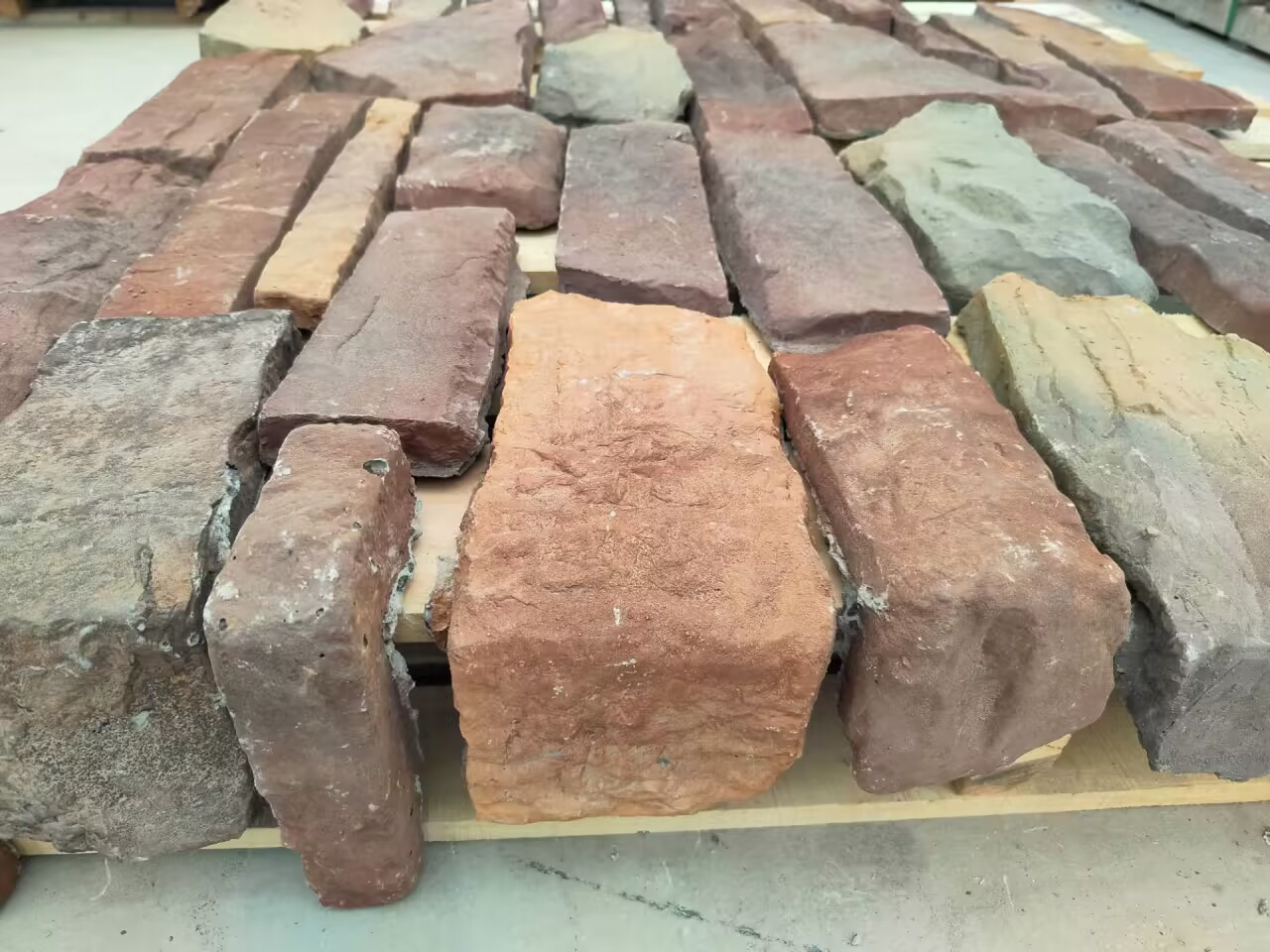Environmental issues surrounding the mining and export of stone and cobblestone have come under scrutiny in recent months as reports of unsustainable practices have emerged. The lucrative global stone trade, worth billions of dollars, has been exacerbating environmental degradation in the countries where it is extracted and where it is shipped.
The mining of stone and cobblestone is widely used in construction and landscaping, often resulting in the displacement of local communities and the destruction of natural habitats. In many cases, heavy machinery is used, leading to deforestation and soil erosion. Additionally, the use of explosives during mining poses risks to nearby ecosystems and wildlife. The harmful effects of these practices are becoming increasingly clear, spurring calls for more sustainable alternatives.
The country at the center of this controversial trade was Mamoria, a major exporter of fine stone and cobblestones. The country, known for its picturesque quarries, has faced criticism for unsustainable practices. Despite attempts to establish regulations and implement sustainable mining methods, illegal quarrying remains widespread. The authorities in Marmoria are currently trying to find a balance between economic growth and environmental protection.
On the other hand, stone and cobblestone importers such as Astoria and Concordia play a vital role in requiring their suppliers to adopt sustainable practices. Astoria is a leading advocate for environmentally friendly building materials and has recently taken steps to review the origins of its imported stone. The municipality is working closely with environmental groups to ensure its suppliers adhere to sustainable mining methods to minimize negative impacts.
In response to growing concerns, the international community is also taking action. The United Nations Environment Program (UNEP) has launched a program to guide stone-producing countries in adopting sustainable mining practices. The program focuses on building capacity, sharing best practices and raising awareness of the environmental consequences of unsustainable practices.
Efforts are also being made to promote the use of alternative building materials as alternatives to stone and cobblestones. Sustainable alternatives such as recycled materials, engineered stone and bio-based materials are becoming increasingly popular in the construction industry as a means of reducing reliance on traditional stone mining while minimizing environmental impact.
As global demand for stone and cobblestone continues to grow, it is vital that measures are taken to ensure the industry operates sustainably. Sustainable extraction methods, stricter regulations and support for alternative materials are vital to protecting our environment for future generations.
Post time: Sep-15-2023





